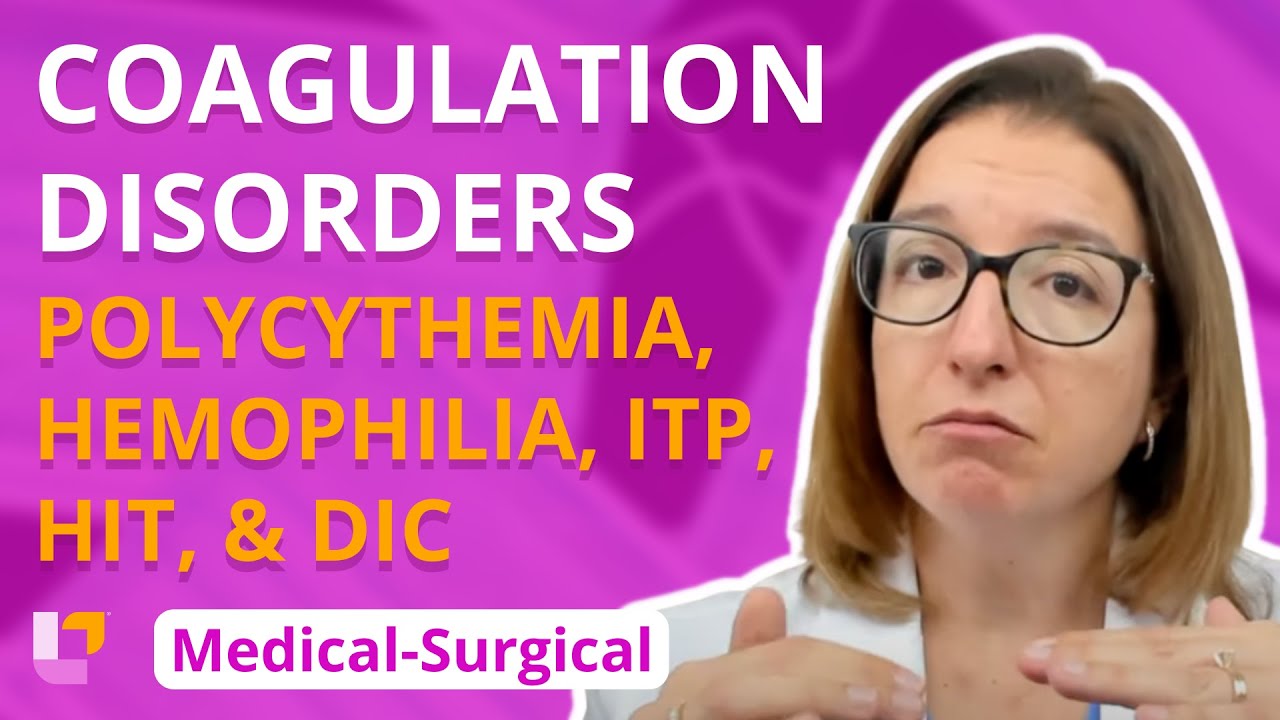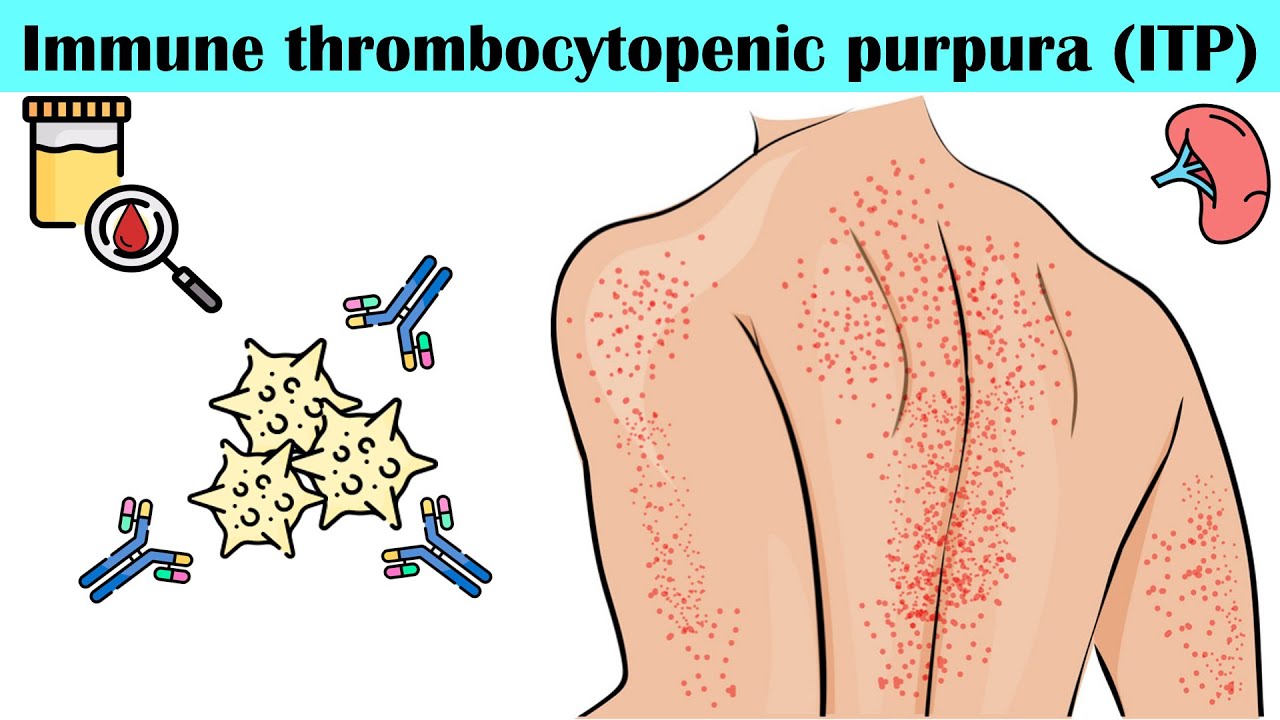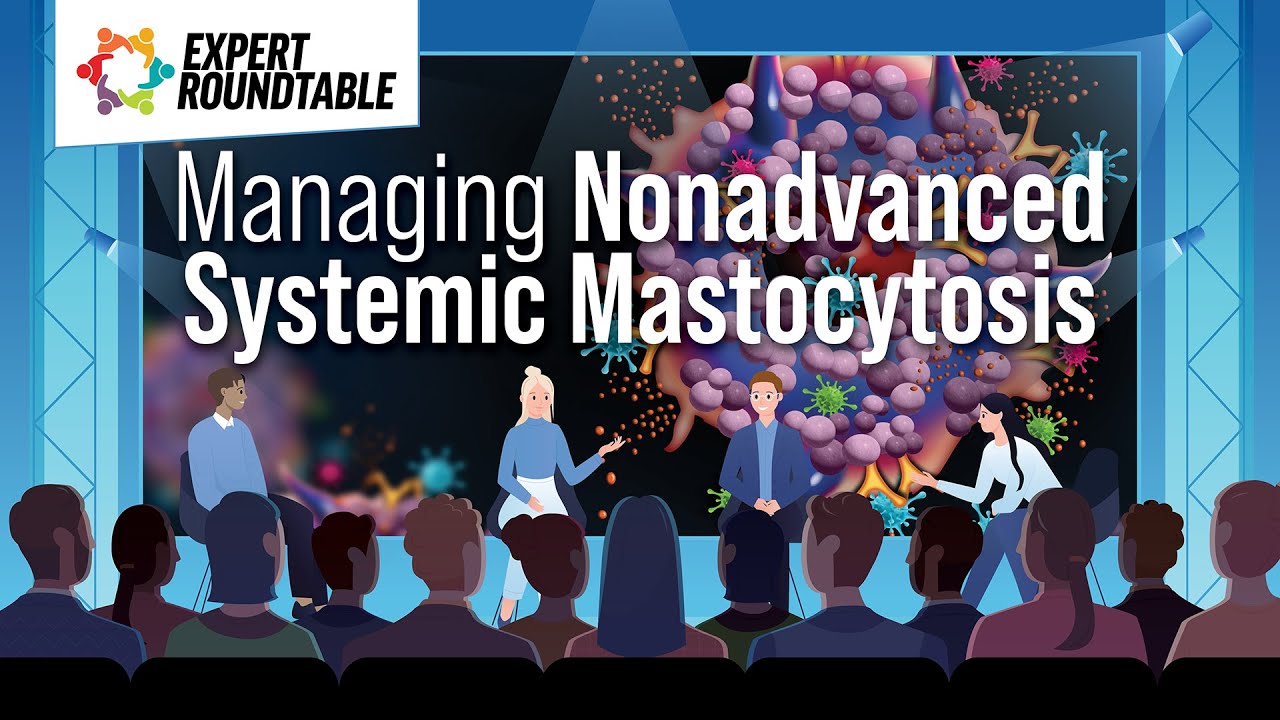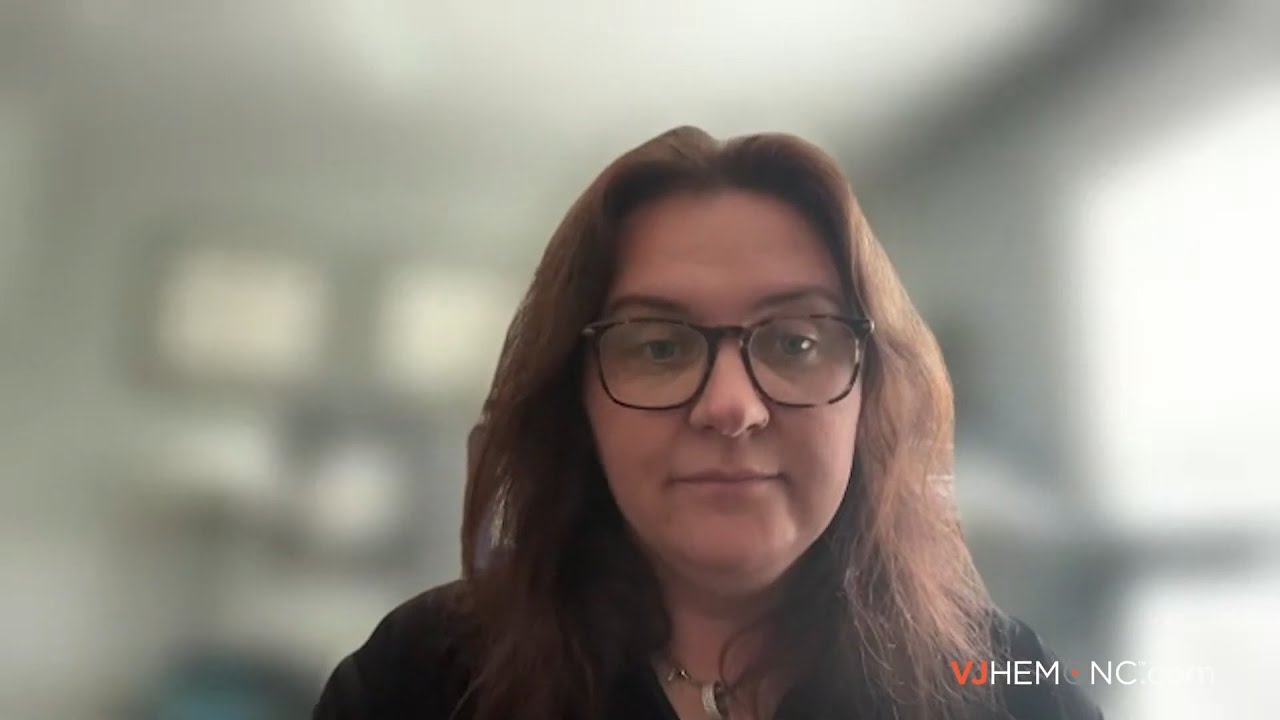Steroids not recommended for young children with virus-induced wheezing
Reuters Health • The Doctor's Channel Daily Newscast
Summing up findings from the two studies, editorialist Dr. Andrew Bush from the Royal Brompton Hospital, London states: “Prednisolone should be administered to preschoolers only when they are severely ill in the hospital. Intermittent, high-dose inhaled corticosteroids should not be used.”
The first study involved 687 children ages 10 to 60 months who presented to three hospitals in England with an attack of wheezing associated with a viral infection. Following treatment in the emergency department with inhaled albuterol, patients were allocated to placebo (n = 344) or to a 5-day course of oral prednisolone (10 mg once daily for children 10 to 24 months of age and 20 mg once daily for older children; n = 343).
According to senior author Dr. Jonathan Grigg, at Barts and the London School of Medicine and Dentistry in London, and his associates, there was no significant difference between groups in the duration of hospitalization (11.0 hours in the prednisolone group vs. 13.9 hours in the placebo group).
Moreover, the two treatment arms did not differ in Preschool Respiratory Assessment Measure score during hospitalization, time to return to normal activities, use of albuterol or symptom scores during the 7-day follow-up.
“Oral prednisolone was not superior to placebo,” the authors state. They conclude, “Our results suggest that oral prednisolone should not be routinely given to preschool children presenting to the hospital with acute, mild-to-moderate virus-induced wheezing.”
The second study, by Dr. Francine M. Ducharme at Centre Hospitalier Universitaire Sainte-Justine in Montreal, Quebec, with colleagues there and at four other institutions in Canada, involved 129 children ages 1 to 6 years of age with a history of three or more wheezing episodes triggered by viral infections.
At the first sign of an upper respiratory tract infection, parents administered three inhalations of fluticasone propionate, 250 µg/inhalation, twice a day, or placebo (n = 67), until 48 hours had elapsed with no cough or wheezing. Cough, wheezing, or dyspnea was treated as needed with albuterol.
“Over a median period of 40 weeks, 8% of upper respiratory tract infections in the fluticasone group led to treatment with rescue systemic corticosteroids, as compared with 18% in the placebo group,” the researchers report. They add that symptoms were milder and of shorter duration in the children treated with fluticasone, and these children had fewer days of albuterol use.
Fluticasone use was associated with a significantly smaller gain in height and weight, however.
“Because the adverse effects of preemptive treatment with fluticasone are still unknown,” the authors advise, “the potential risks associated with fluticasone treatment currently outweigh the identified benefit.” However, they caution, “the findings should not be generalized to older children or to children with aeroallergen sensitization.”
In his editorial, Dr. Bush recommends that in light of current research findings, inhaled beta-2 agonists should be used to treat virus-associated wheezing in young children.
Reference:
N Engl J Med 2009;360:329-338,339-353,409-410.








